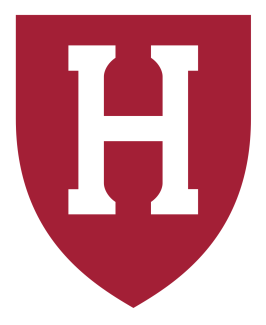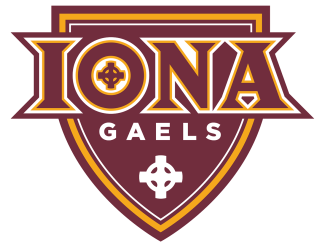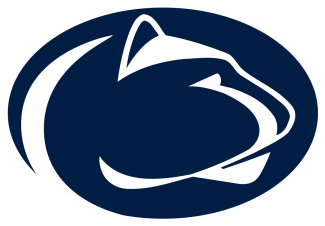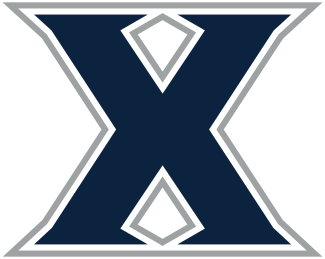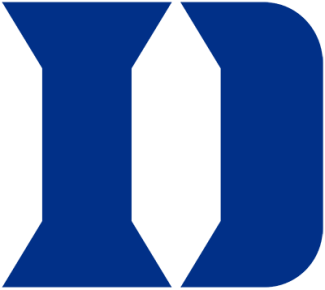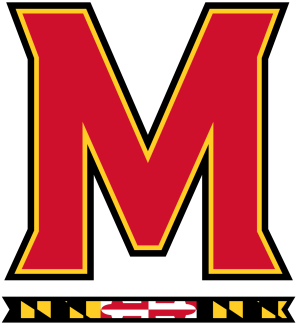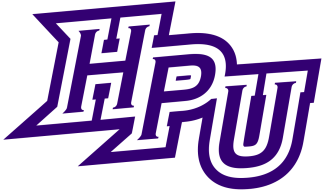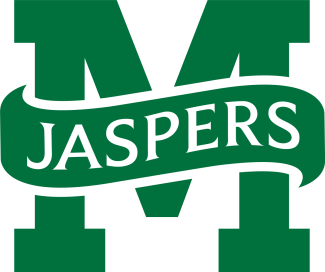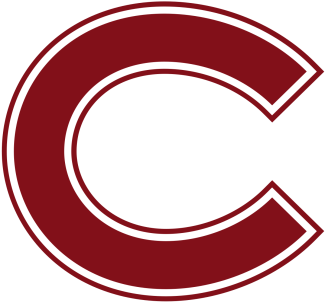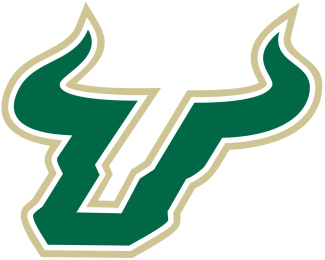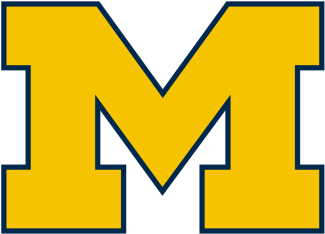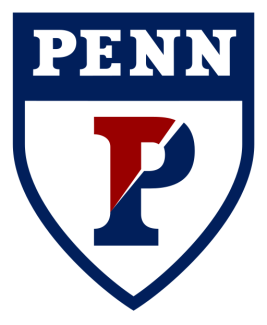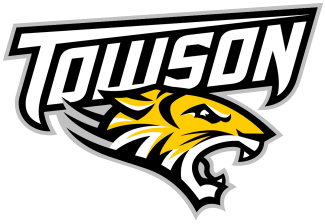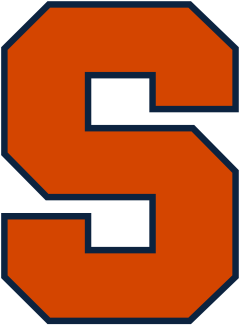1. West Chester
The depth of experience within the West Chester roster is a significant asset, with a median rotation player having participated in 40 career games and a strong contingent of upperclassmen providing leadership. The presence of seasoned players, including 11 with at least 30 games under their belt, suggests a team well-versed in the rigors of competitive lacrosse and primed for success. And since they’ve lost Lindsay Monigle and her 36% share of the team’s assists from a year ago, they’ll need to lean on that experience if they are going to reach their potential this year.
2. Florida Southern
Florida Southern is gearing up for a challenging 2024 season, with a non-conference schedule projected to be the 2nd-toughest in the country. That is a significant step up from the previous year’s 12th-toughest non-conference slate. This rigorous lineup is set to test the Mocs early, especially during a demanding stretch from February 25 to March 7 that includes contests against Adelphi, Regis and defending champ Pace. Wingate is the last team during this stretch, and if that game is the oasis in the desert of tough opponents, that tells you something.
3. Tampa
Tampa’s defense was particularly strong in the early stages of an opponent’s possession. The Spartans’ defensive efficiency on possessions lasting between 20-40 seconds outperformed the national average by 6 percentage points. However, their effectiveness waned as possessions dragged on past the 60-second mark, where they were essentially just an average defense. It will be interesting to see if, in 2024, this defense, which finished 15th for opponent-adjusted efficiency, can address the (relative) weakness in longer possessions.
4. Pace
Pace faces a significant challenge heading into the season with only 30% of its offensive production returning from last year’s title run. The departures of key players like Kayla Conway, Aleya Corretjer and Emma Rafferty puts the spotlight on returning and new players to step up. Despite these departures, the Setters’ depth and the presence of Angelina Porcello, who was the highest play share player last year anyway, provide hope that Pace can maintain its competitive edge. If the Setters can fill in the gaps around Porcello, who finished with an individual efficiency rating in the 75th percentile, a title defense is certainly on the table.
5. Regis
Regis enters the season with a transformed roster, particularly on the defensive end, where only 55% of last year’s experience returns. They return keeper Brigit Goetsch, but the losses among field players pose a significant challenge as the team aims to replicate 2023’s 97th-percentile adjusted efficiency performance. The integration of new players and the development of team cohesion will be critical to maintaining their high defensive standards and achieving their championship goals.
6. Grand Valley State
Grand Valley State’s less-challenging schedule could be a double-edged sword, offering a path to a strong record but potentially leaving the team underprepared for postseason intensity. The LaxElo projections think that a 15-1 regular season record is the most likely outcome here. The 2024 schedule has dropped Findlay, Flagler, Regis and Rollins, against whom Grand Valley State has gone 6-3 in the shot clock era. The losses came against Rollins and Regis (twice).
7. UIndy
For UIndy’s defense, shooting percentage stood out as the most critical key to victory. No other metric drove such a stark contrast in outcomes. When the Greyhounds limited opponents to under a 50% shooting percentage, they were 9-0, while a shooting percentage above this mark correlated with a less favorable 1-3 record. Did UIndy win? Tell me how their opponent shot, and I’ll have a pretty good idea.
8. Maryville
Maryville’s Reagan Rukstad made a monumental leap in player efficiency last year, skyrocketing from the 21st to the 90th percentile. Player efficiency counts up how much good and bad you do on the field and adjusts it by how much opportunity you had. Her journey showcases a player’s capacity for growth and the impact it can have on the field, where her enhanced decision-making and ball control have become pivotal. While her shooting efficiency remains in the middle range, her overall progress is a testament to her dedication. If she can do the same magic on her shooting stroke this year, watch out.
9. Seton Hill
Perhaps the question for Seton Hill going into 2024 is in net. As a defense, the Griffins return 97% of their games played, and the unit was in the 88th percentile for opponent-adjusted efficiency. 2023 was a good year for this defense. But they lose Kyleigh Hessian and her 143 saves. Gia Castellano is the most experienced keeper on the roster and she saw ... eight shots last season. Whether Castellano or Allison Hathaway can claim the job will go a long way to answering the Griffins’ big question.
10. East Stroudsburg
Emily Mitarotonda’s ball security and usage rate were pivotal in bolstering East Stroudsburg’s offense in 2023, with her ball security soaring to the 93rd percentile. Despite a dip in her assist rate compared to 2022, Mitarotonda’s consistent shooting efficiency, ranked in the 68th percentile, illustrates her ability to contribute to the team’s scoring efforts. That said, she’s proven herself as a shooter, but I wonder if the best version of her game would include an assist rate closer to what she managed in 2022. We’ll see what the 2024 season holds for her and her offense.








